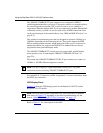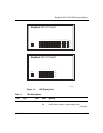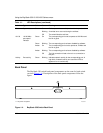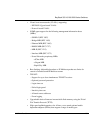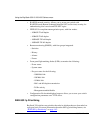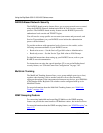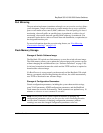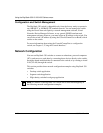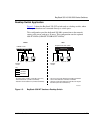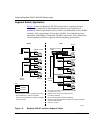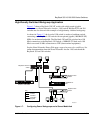
Using the BayStack 350 10/100/1000 Series Switch
1-12
309979-A Rev 00
RADIUS-Based Network Security
The RADIUS-based security feature allows you to set up network access control,
using the RADIUS (Remote Authentication Dial-In User Services) security
protocol. The RADIUS-based security feature uses the RADIUS protocol to
authenticate local console and TELNET logins.
You will need to set up specific user accounts (user names and passwords, and
Service-Type attributes) on your RADIUS server before the authentication
process can be initiated.
To provide each user with appropriate levels of access to the switch, set the
following username attributes on your RADIUS server:
• Read-write access -- Set the Service-Type field value to Administrative.
• Read-only access -- Set the Service-Type field value to NAS-Prompt.
For detailed instructions about setting up your RADIUS server, refer to your
RADIUS server documentation.
For instructions on using the console interface (CI) to set up the Radius-based
security feature, see “Console/Comm Port Configuration” on page 3-62.
MultiLink Trunking
The MultiLink Trunking feature allows you to group multiple ports (up to four)
together when forming a link to another switch or server, thus increasing
aggregate throughput of the interconnection between two devices, up to 800 Mb/s
in full-duplex mode. BayStack 350 switches can be configured with up to six
MultiLink Trunks.
For more information about the MultiLink Trunking feature, see “MultiLink
Trunks” on page 1-46.
IGMP Snooping Feature
For conserving bandwidth and controlling IP Multicast, the IGMP snooping
feature can provide the same benefit as IP Multicast routers, but in the local area.
For more information about the IGMP snooping feature, see “
IGMP Snooping” on
page 1-37
.



